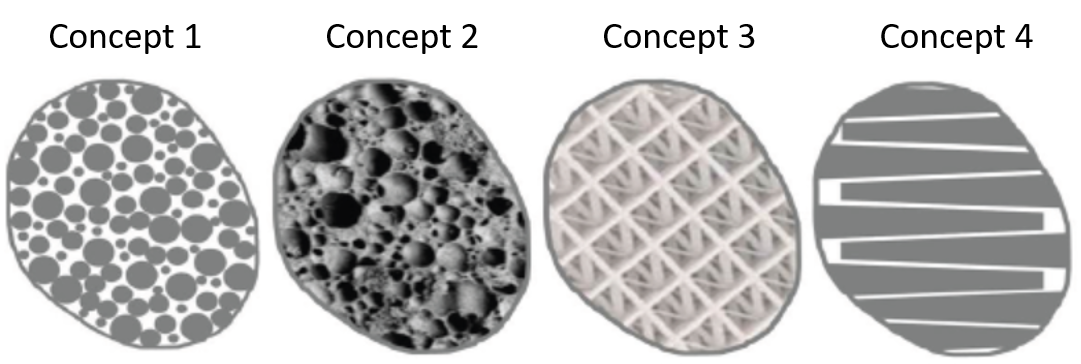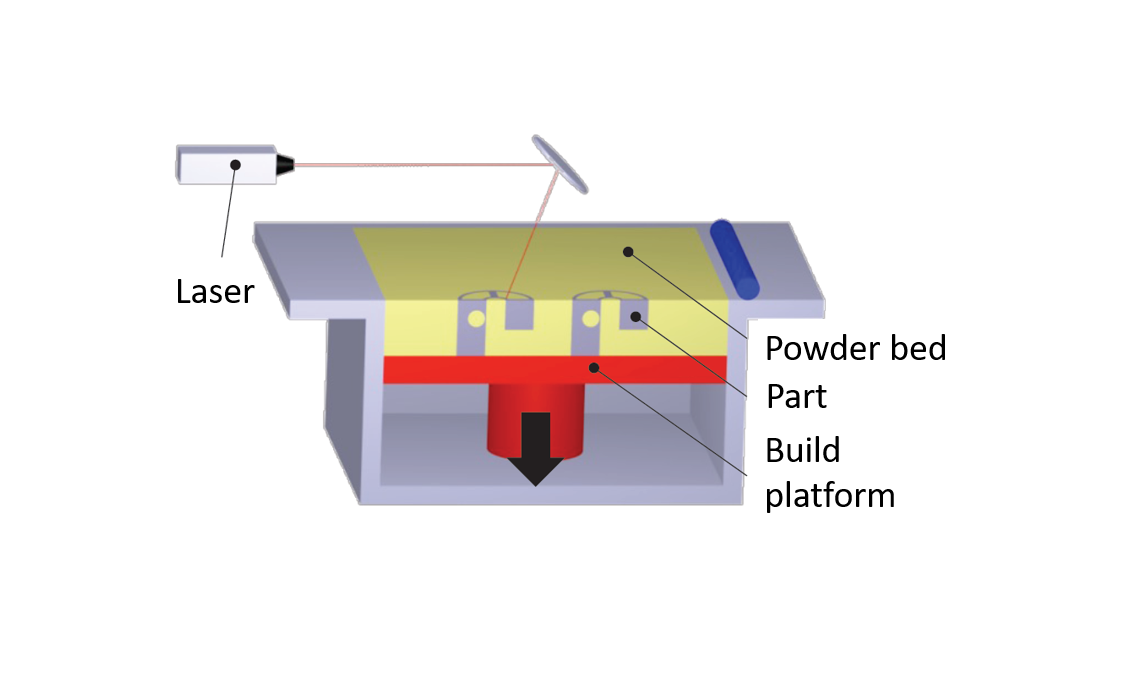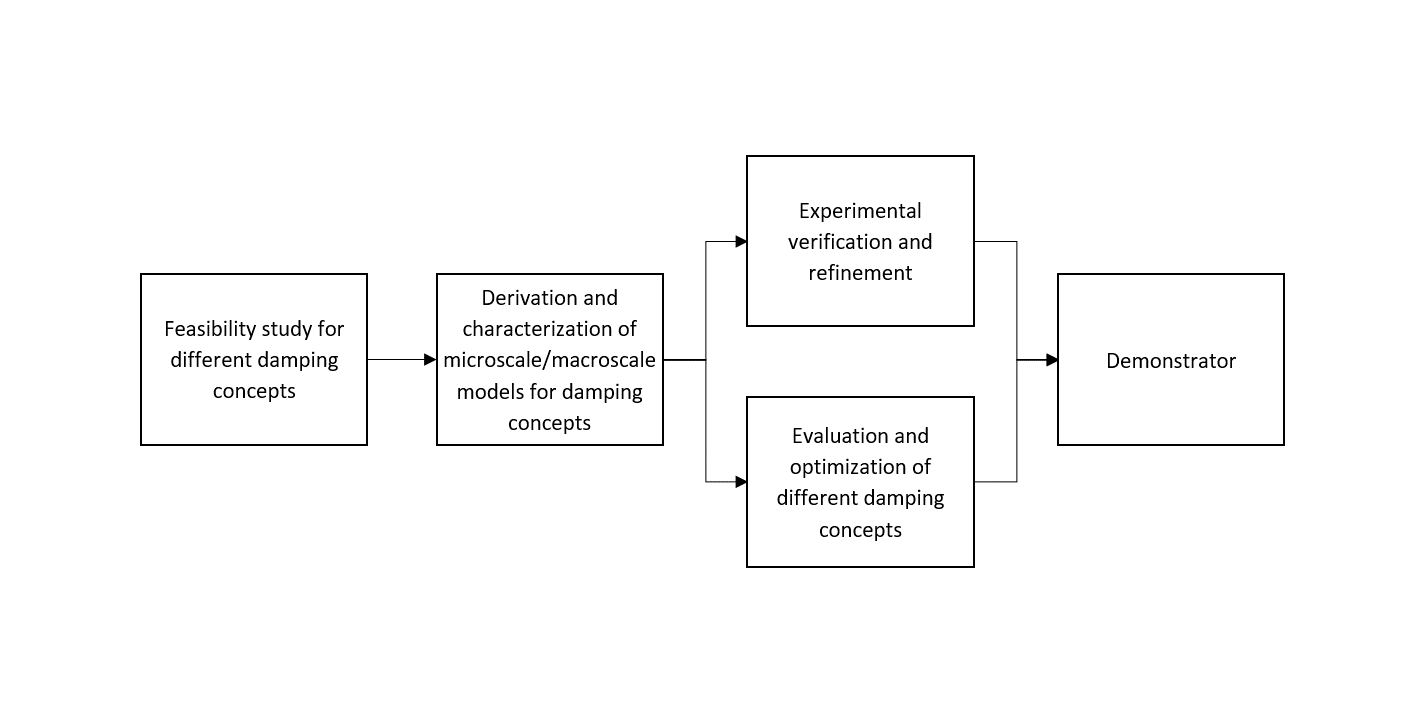AM Damping Microstructures - Development of additively manufactured microstructures with effective and controllable damping behaviour
Laser-based Powder Bed Fusion is considered as one of the most promising manufacturing processes for the future. The unique advantages of the technology, such as the possibility of producing almost any complex geometry, can be used in various applications. Within the scope of this joint research project with the Institute for Computational Mechanics (lnm) from the Technical University of Munich, topology-optimized, additively manufactured microstructures will be analyzed with regard to their damping properties. For this purpose, experimental and numerical investigations will be carried out to unveil the relevant mechanisms during the manufacturing process of these components.
Motivation
Additive manufacturing technologies, such as laser-based powder bed fusion, enable new ways of designing components. In addition to its suitability for producing bionically optimized structures, laser-based powder bed fusion provides the possibility of manufacturing components with specifically adjusted damping properties. In this research project, the damping properties of novel additively manufactured structures are analyzed using experimental investigations and finite element simulations. These geometries are intended to cause a targeted and defined dissipation. Thereby, the unique properties of the laser-based powder bed fusion process allow the production of these geometries.
Objective
The aim of the research project is the damping of unwanted vibrations in technical components by means of additively manufactured structures. For this purpose, the decisive damping mechanisms are identified and investigated.
Approach
In the first step of the project, a feasibility study on the production of microstructures by laser-based powder bed fusion will be conducted. Four different concepts will be examined. The aim of these investigations is to determine the mechanical properties of the manufactured geometries and to define process parameters and limits.
In parallel to these first experimental investigations, the underlying mechanisms of dissipation are being analyzed using finite element simulations. Due to the complexity of particle-fluid- and particle-solid interactions, these simulations are initially performed on a micro scale. Thereby, a continuous evaluation is pursued using experimental data. Once a validated simulation on the micro scale is available, it will be transferred to the macro scale by means of suitable homogenization approaches. This ensures that the entire component geometry can be represented.
Finally, an optimal damping concept is determined based on further macroscopic experimental and numerical investigations. At the end of the project, a representative demonstrator will be manufactured using the identified damping concept. This is to represent a typical component stressed by vibrations, which illustrates the advantages of the concept resulting from the project.
Acknowledgements
The research project AM Damping Microstructures is funded by the German Research Foundation (DFG) (project number: ZA288/75-1). We would like to express our sincere thanks for this.


